What is a Research Paper?
A research paper is a piece of academic writing that follows an argument, idea, or topic and backs it up with evidence and facts. They’re mostly written on previously existing research and include citations to support the author’s unique thesis.
Emphasizing the use of empirical evidence, research papers play a crucial role in modern science. Researchers, academics, and scientists use research papers to communicate their methodologies, results, and conclusions.
In academics, research papers are often assigned to students to assess their knowledge of a particular field of study and their research skills.
What is the structure of a research paper?
Although there are different types of research papers, the standard structure, components, and order is almost the same as follows:
Element | Description |
Represents the main topic of the research. | |
Abstract | The abstract is a summary of the research, including the purpose, methodology, results, and conclusion. |
Introduction | Introduces the topic, provides background information, and states the research question or hypothesis. |
Literature Review | Surveys existing research on the topic, demonstrating the researcher's understanding of the subject. |
Methodology | Describes the research design, methods, and techniques used to collect and analyze data. |
Results | Presents the findings of the research, often using tables, figures, or graphs. |
Discussion | Interprets the results, analyzes their significance, and relates them to the research question or hypothesis. |
Conclusion | Summarizes the key findings and their implications, often suggesting avenues for future research. |
References | Lists all sources cited in the paper, following a specific citation style. |
Appendices | Includes additional material such as raw data, surveys, or supplementary information (if needed). |
Now that you’ve understood what is the format for writing a research paper, let's break down the writing procedure into simple and easy steps.
How To Write a Research Paper: Breaking Down Each Step
We’ve made the research paper writing process simpler and easier, so you’ll have it easy to write your own. Carefully read and understand the steps below, and you’ll be capable of writing professional research papers in no time.
Step 1. Pick Your Research Paper Topic
Here comes the first and one of the most tricky parts of writing a research paper. Choosing the right research paper topic for your research paper! The topic serves as the foundation of the entire paper. It directly influences the direction, depth, and overall impact of the paper.
Consider practicing these steps to skim your idea to perfection:
- Always make sure your topic aligns with your area of interest
- A topic that genuinely interests you will make for an engaging research paper
- You should choose a topic that has enough relevant sources to enable a rich research paper discussion.
- Avoid overly general topics
- Once you have a broad idea, narrow it down to a subject that interests you the most
For example, a good topic idea could be:
“Finding Sustainable Solutions: Analyzing the Impact of Renewable Energy Policies on Our Planet's Future” |
Why? Because the topic is specific and avoids being overly general. It also suggests a genuine interest in sustainability. This genuine interest is likely to make the research paper more engaging and compelling.
On the other hand, a bad topic idea could be,
“The History of Communication.” |
Why? Because it is overly broad and lacks a clear research focus. While the history of communication is undoubtedly interesting, finding original research might be challenging. The abundance of information might lead to a lack of depth in the paper.
After you’re done with deciding your topic, the next step is to start the initial stages of your research.
For a comprehensive list of trending and interesting research ideas, our research paper topics blog is worth checking out.
Step 2. Conduct The Initial Research
Starting your research paper as early as possible is always great. Early research allows you to build a foundation of knowledge.
- To start the preliminary research, define which specific aspects of the topic you want to explore first
- Identify the key concepts and topics that are related to your subject. This allows you to conduct research with a more focused approach later on
- To filter out the related information, use sources such as books, articles, journals, previous research papers, etc.
- Remember that it is more effective to quickly scan sources for later use
- If you start reading every source fully, you’ll just be wasting time. Set aside only the sources that you think are useful
- Always note down the main points you concluded from your initial research on notes. You can either use a notes application or use a handbook, as per your liking.
Step 3. Compose Your Thesis Statement
Quite often, the research paper thesis statement is the first sentence in your paper. It encloses your argument and defines the direction and purpose of your work.
As soon as the reader takes a look at your thesis statement, they should immediately understand the direction of your paper. The reader should be able to see whether the research paper aligns with their interest or not after reading the statement.
For Example, if the research paper explores the impact of technology on workplace productivity, the initial question might be,
“How does the integration of technology affect overall workplace efficiency?” The answer, informed by the initial research, forms the basis for the thesis statement. |
Here are some tips for creating a good thesis statement:
- Be concise, try to summarize the argument in a sentence or two at most
- Read thesis statements of other published research papers to get a better idea
- Don’t overshare the details of your paper in the thesis statement
Step 4. Outline The Research Paper
The outline serves as the roadmap for your research papers, essays, or any writing tasks for that matter. Maintaining organization and coherency, the outline creates a logical flow of information in your document.
Follow these steps to understand how to write a research paper outline:
- Start by integrating your thesis statement into your outline
- In the outline, divide your paper into main sections that align with the key points and arguments
- For a clear structure, break down each main section into subsections and subheadings
- Each heading in the outline should naturally lead to the next heading
- List supporting points or arguments under headings, if necessary. This will help you to not miss out on details during the writing process
Remember to take your time creating your outline. You will clearly understand how important the outline is once you start writing your research paper.
Step 5. Gather All The Supporting Evidence
Now, it’s time to settle down and conduct the actual research!
- Look for solid information in books, articles, or trustworthy websites
- Find facts, quotes, or examples that support what you want to say
- Make sure the proof connects directly to your main idea and makes sense in the context of your argument
- Note down the page numbers where you find necessary information from all the source material. Doing that, you’ll have an easier time writing the paper. Not only that, it’ll be easy for you to cite research paper sources as well
- Keep everything organized according to your plan
- If you find new info, feel free to tweak your plan a bit. This step helps you build a strong and convincing research paper.
Step 6. Write The Introduction
Making your research paper interesting from the beginning is important, and that starts with the research paper introduction. In the introduction, address three key questions to grab your reader's attention.
- What's It About?
Tell them exactly what your paper is about. Share some background info to help them understand and explain any significant terms.
- Why Does It Matter?
Explain why your paper is worth reading. What new things are you bringing to the table? What big questions does your paper try to answer?
- How's It Going Down?
Give your reader a quick preview of what's coming. Imagine it like a map showing the main stops on your paper journey.
Step 7. Compose Your Body Paragraphs
The body of your research paper is composed of the following parts:
- Literature Review
- Methodology
- Results
- Discussion
Let’s see how you should write these parts in the form of body paragraphs:
The Literature Review
In the research paper literature review, Begin your paper by talking about what other researchers have found related to your topic. Summarize the main ideas from different studies, mentioning important events in the past. This helps set the stage for your research.
Address Your Research Methodology
Explain how you conducted your research. In the research paper methodology, describe the steps you took and why you chose them. Be clear and specific about the methods used, allowing others to understand and, if needed, replicate your study.
Show Your Results
Present the findings of your research in the research paper results section. Use clear language and visuals like graphs or charts to make the information easy to understand. Stick to the facts and avoid interpretation in this section.
The Discussion Section
Interpret and analyze your results in the research paper discussion section. Explain what your findings mean and how they relate to your research question. Address any limitations and propose potential implications or future research directions.
The above sections are written in the form of body paragraphs. To understand how to write body paragraphs, take a look at the tips below.
Tips for Writing Strong Body Paragraphs
Follow these tips to compose perfect body paragraphs:
- Start every body paragraph with a topic sentence. The topic sentence gives the reader an idea about which direction will the paragraph take. It represents the main argument that will be discussed in the paragraph
- The topic sentences should contain evidence to hook the readers
- Make sure every paragraph aligns with the problem statement and the thesis of your research paper
- The final sentence of any body paragraph should end with a transition sentence that naturally leads the reader to the next paragraph
- Do not repeat information in your body
- Don't just present facts; analyze and interpret them. Explain the significance of your evidence and how it relates to your overall thesis
- Aim to strike a balance between length and detail
- There’s no need to use overly complex sentences
- Anticipate potential counterarguments and address them within your body paragraphs
Step 8. Conclude Your Research Paper
Giving your research paper a strong and decisive end is just as important as starting it strong. The research paper conclusion is where your reader steps out of your paper's argument. Follow the tips below to make the most out of your conclusion:
- Trace back through your paper, showing how everything ties together to prove your main idea (thesis statement)
- Aim to help your reader see the big picture
- The questions, you raised in the introduction, should be answered in the conclusion. Show how you've settled those issues you initially brought up.
- Discuss what your paper brings to future students exploring this topic
- Mention any questions your paper raises but doesn't answer
- Restate your thesis, repeat your main evidence, and sum up your findings. Keep it clear and simple.
You should avoid:
- New information or new arguments in the conclusion as it will confuse the reader
- Using phrases like “In conclusion”, or “To conclude” in the conclusion paragraph
- Prolonging the conclusion to a massive piece of text
In a nutshell, your conclusion is the final chapter of your paper. Make it satisfying for your reader, tying everything together and leaving a lasting impression.
Step 9. List The References of Your Sources
In research papers, it's extremely important to find sources that are credible and list them at the end. The title for this list can change, like “References” in APA or “Bibliography” in Chicago. You pick a style like MLA or APA based on what research paper format you follow.
These styles tell you how to cite things, like the author's name, the paper title, and when it was published.
Here’s why citing your research paper is important:
- Citing stuff is critical—it shows your info is legit and connects your paper to the border scientific community
- Each citation style, be it MLA or APA, has its own set of rules
- They cover everything, from websites and photos to speeches and videos
- Sometimes, you might need to use styles like CMOS (The Chicago Manual of Style), AMA (American Medical Association), or IEEE (Institute of Electrical and Electronics Engineers). It all depends on what your assignment says
To get your citations spot-on, just follow the guidelines from groups like the Modern Language Association (MLA) or the American Psychological Association (APA).
Examples of References
Here are sample citation references in the APA style?:
Journal Article:
Garcia, M. R., & Johnson, K. L. (2020). Exploring the Impact of Artificial Intelligence on Modern Healthcare. Journal of Technology in Medicine, 15(4), 225-241. https://doi.org/10.1234/jtm.2020.1234567890 |
Book:
Marcus, H. A. (2018). The Art of Scientific Writing. Academic Press. |
Website:
World Health Organization. (2022, January 15). COVID-19 Vaccination Information. WHO. https://www.who.int/covid-19-vaccines |
Here are some references in the MLA style:
Journal Article:
Garcia, Maria R., and Johnson, Karen L. “Exploring the Impact of Artificial Intelligence on Modern Healthcare.” Journal of Technology in Medicine, vol. 15, no. 4, 2020, pp. 225-241. https://doi.org/10.1234/jtm.2020.1234567890 |
Book:
Doe, Jane. The Power of Imagination. Random House, 2019 |
Website:
Smith, John. Climate Change: Facts and Figures. Environmental Watch, 20 May 2021, https://www.envwatch.org/climate-change-facts |
Step 10. Proofread, Edit, and Revise
Once you’ve listed the references and given your paper a conclusion, the job isn’t complete. The final step is very significant, as you have to filter out all the possible errors and mistakes to make your paper perfect.
Make sure that:
- Your paper follows the exact guideline requirements
- Margins, headings, title pages, tables, references pages, etc. are formatted properly
- Your paper has clear language
- Your thesis statement is clear and addresses the argument effectively
- Your paper follows a logical sequence
- There is no repetition in your research paper
- Your evidence and sources are 100% accurate
- Each sentence aligns with the topic sentences you used to start each paragraph
- You avoid using any irrelevant and misleading information
It is always a good idea to proofread your research paper twice and thrice. This will omit any possibility of missing out on any small errors in the document.
Also, try to edit the research paper from the reader’s perspective. This allows you to have an unbiased review of your research paper before submission.
Get Help from Some Great Research Paper Examples
Looking at some good research paper examples is a great idea to have a better understanding. Here are some research paper examples for you.
Follow a Research Paper Checklist
Keeping a checklist in your hand to perfect your research paper is a brilliant idea. You may forget about checking on something in the revision process if you don’t have a checklist.
Here is a quick checklist to keep in mind while you revise and edit:
Aspect | Checklist |
Title and Introduction | Clear, captivating title |
Introduction introduces the topic and states the research question or thesis | |
Body | Clear organization with headings and subheadings |
Each paragraph supports the main idea | |
Evidence and examples are relevant and well-explained | |
Smooth transitions between paragraphs and sections | |
Thesis Statement | Clear thesis statement that reflects the main argument |
Conclusion | Restates thesis and summarizes main points |
Provides closure and leaves a lasting impression | |
Citations | Properly formatted citations according to the required style (e.g., APA, MLA) |
In-text citations are used where necessary | |
References or Bibliography | Complete list of sources used at the end of the paper (References, Bibliography, etc.) |
Grammar and Style | Correct grammar, spelling, and punctuation |
Consistent writing style throughout the paper | |
Clarity and Coherence | Ideas are presented clearly and logically |
Overall coherence and flow maintained | |
Revision and Editing | Multiple rounds of revision for clarity and improvement |
Peer review or feedback sought for additional perspectives | |
Formatting | Properly formatted according to the required guidelines |
Proofreading | Final proofread to catch any remaining errors |
Overall Presentation | Neat and professional appearance |
Page numbers, headers, and footers are consistent |
Some Helpful Research Paper Writing Tips
Follow these tips to help your research paper stand out from the rest:
- Select a topic that genuinely interests you; it'll make the writing process more enjoyable
- Throughout your writing, keep your focus on the central research question or thesis
- Formulate a clear and concise thesis statement that reflects your genuine opinion or research paper hypothesis.
- Write sentences that say a lot without being too long; this increases the readability of the paper
- Try to incorporate at least 4–5 sentences per paragraph to give depth to your paper
- Although the length depends on the guidelines or topic, the general length is around 4000–6000 words
- Never claim someone’s else research as your own, always give them credit
To conclude, writing a research paper if you’re a beginner isn’t as easy as it seems. It requires you to look for credible sources and make solid points to back up your argument. From choosing the topic to the final revision, a perfect research paper takes time to master.
Even those who have previously written research papers in the past, find it rather challenging to write a new one. But not to worry, as this guide covers all the essential steps involved in the writing process.
We have comprehensively coerced every writing step from scratch, so you’ll have it easy. Still, if you think you could use professional aid for a better result, we have your back!
Our paper writing website has top-notch research-oriented writers who will do your research papers for cheap. Reach out to us, tell us your requirements, and we’ll handle the rest.
Let our ?research paper writing service lend you a helping hand in your academic writing journey!










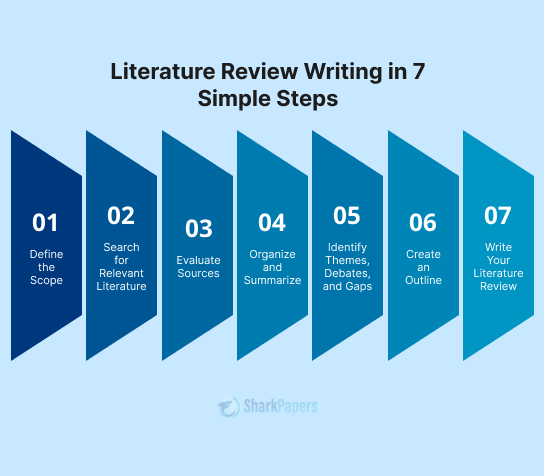





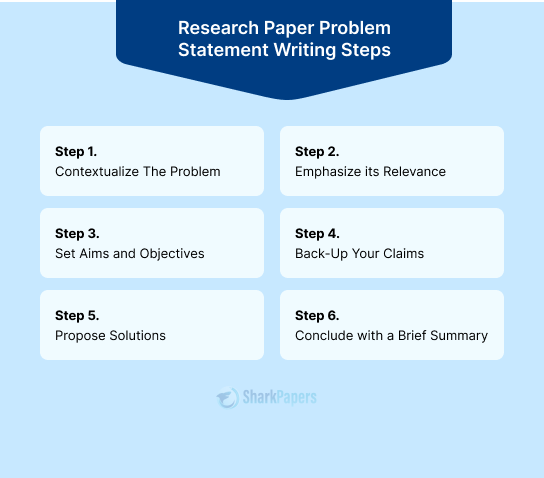
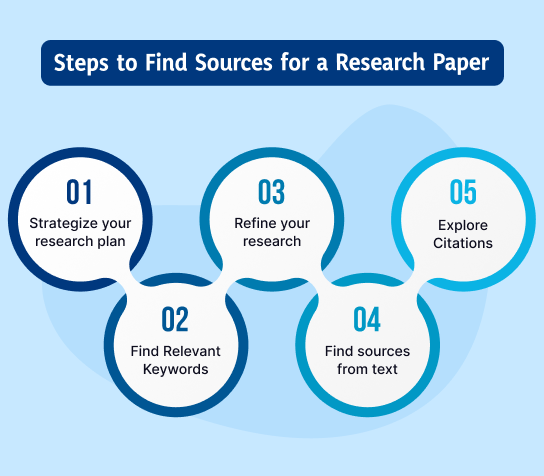
)






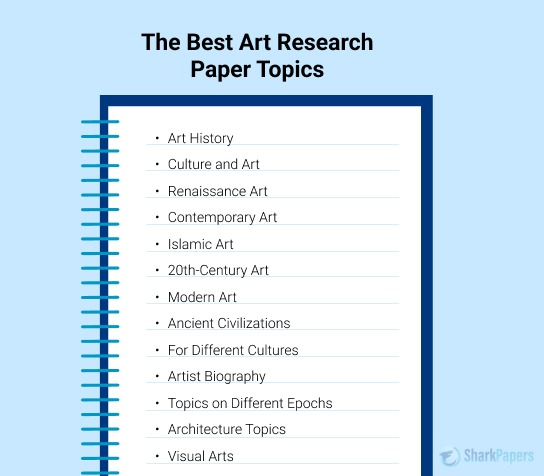

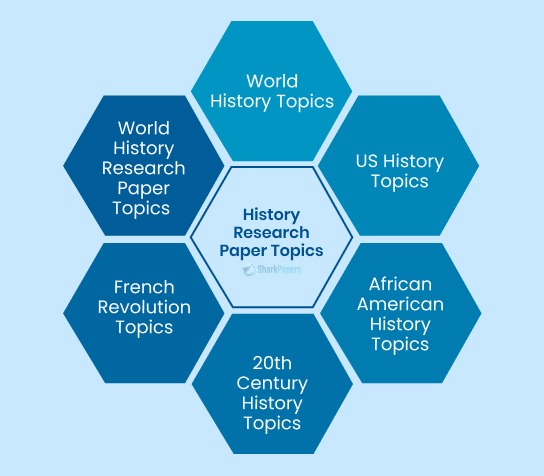

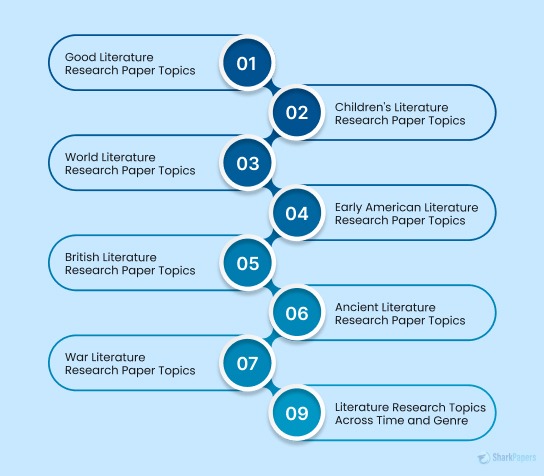




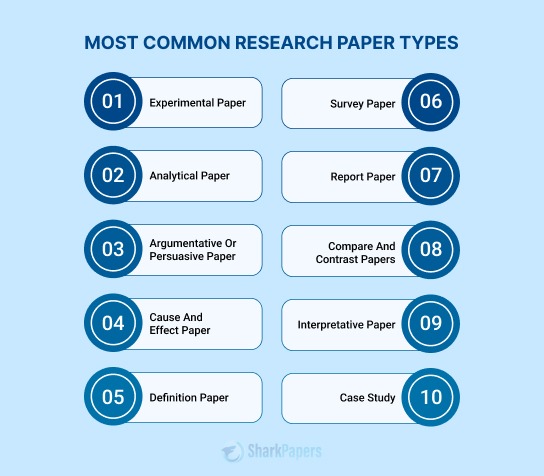

















-12114.jpg)














 Not seeing it? Check Promotions or Spam — inboxes get protective.
Not seeing it? Check Promotions or Spam — inboxes get protective.